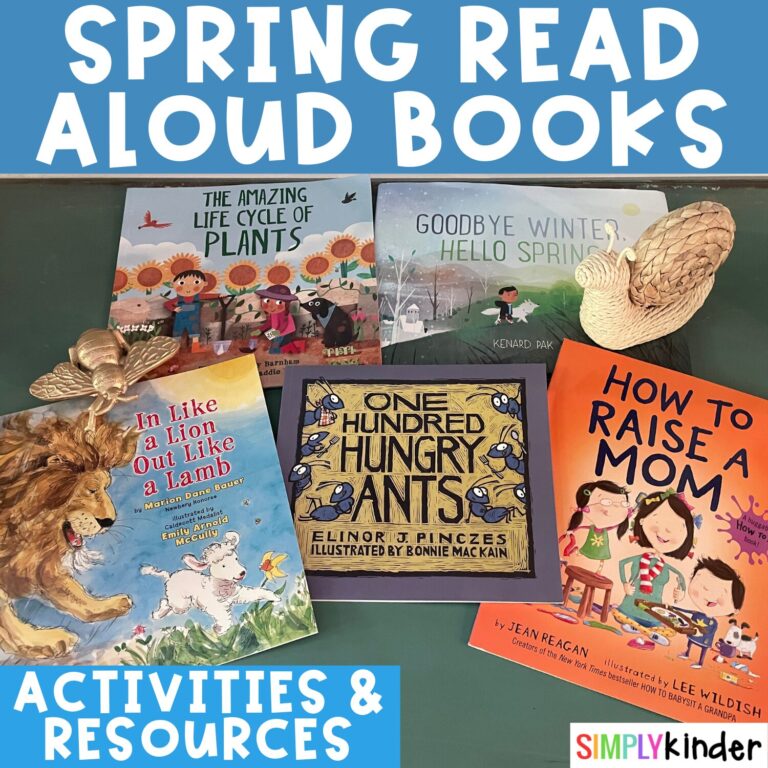
Home » Hard and Soft G and C sounds
Looking for ideas on how to teach hard and soft G and C sounds in your classroom? These tricky sounds are explained below as well as some teaching tips perfect for kindergarten and first grade. Keep reading to learn more!
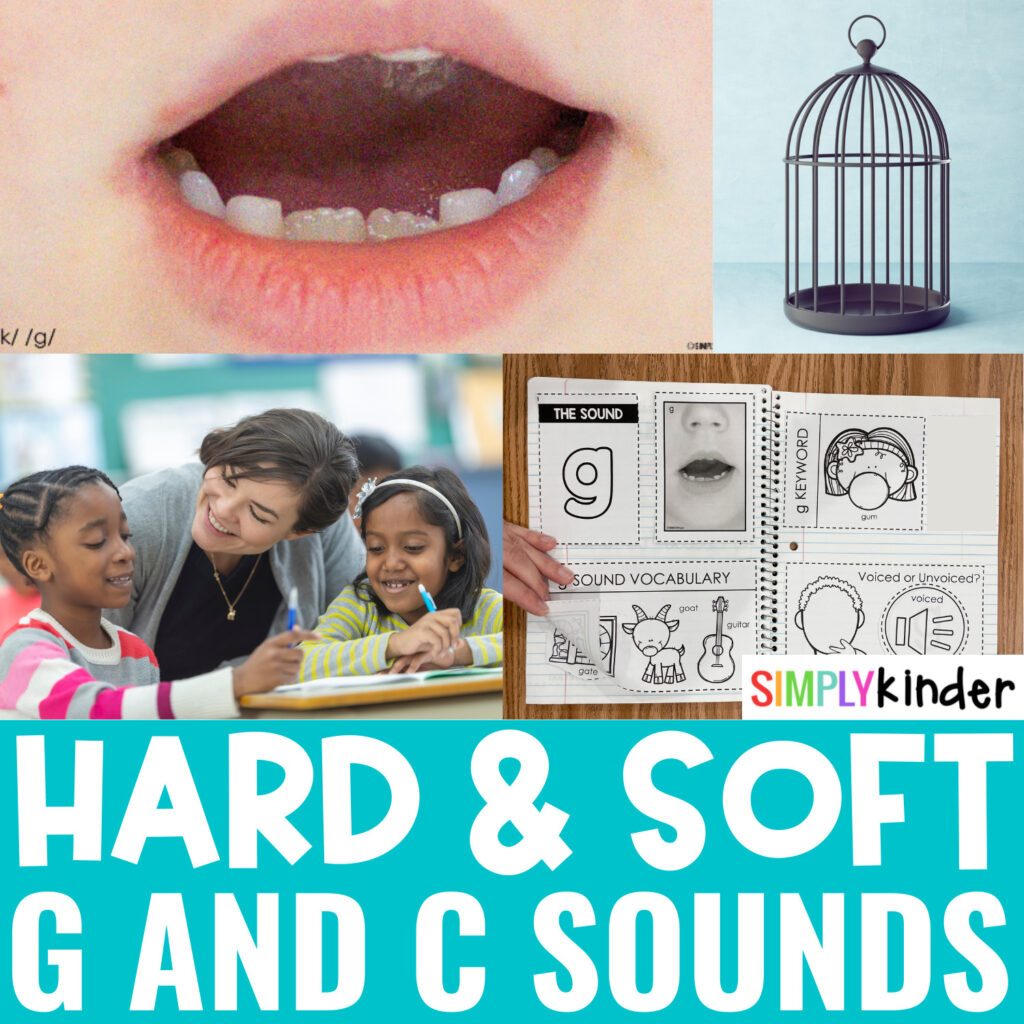
Check out these related articles:
This article goes well with these Simply Kinder resources:

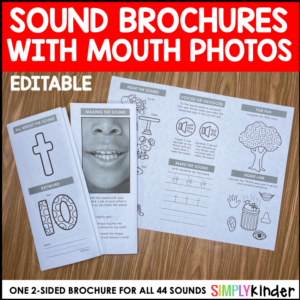
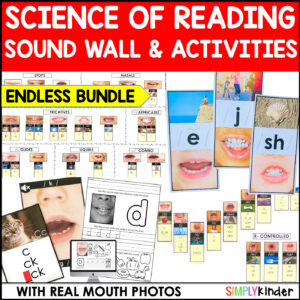
Let’s start by breaking down the sounds of g and c:
The sound /K/ is unvoiced. It can be spelled three different ways: c, k, and ck.
To make the /c/ sound the mouth is open, the tongue is lifted in the back but low in the front, then the tongue is lowered and a puff of air is released.
The sound /g/ is voiced. That means you can feel vibrations on your vocal cords when you say it. It can only be spelled with g.
It is made with the same tongue and mouth formations as /k/. The difference is one is voiced and the other is not.
These sounds are called the hard sounds of c and g.
These sounds are called soft sounds and there are phonics rules (or more generalizations) that tell us when these letters say their soft sounds. This rule is in play in words like gem, giraffe, ice, city, and face. Your early childhood students may come across these words and so it’s important they know what is going on. Here’s the rule:
Let’s take look at each from our Teacher Tip Card (coming out soon with our Phonics and Phonemes bundle).
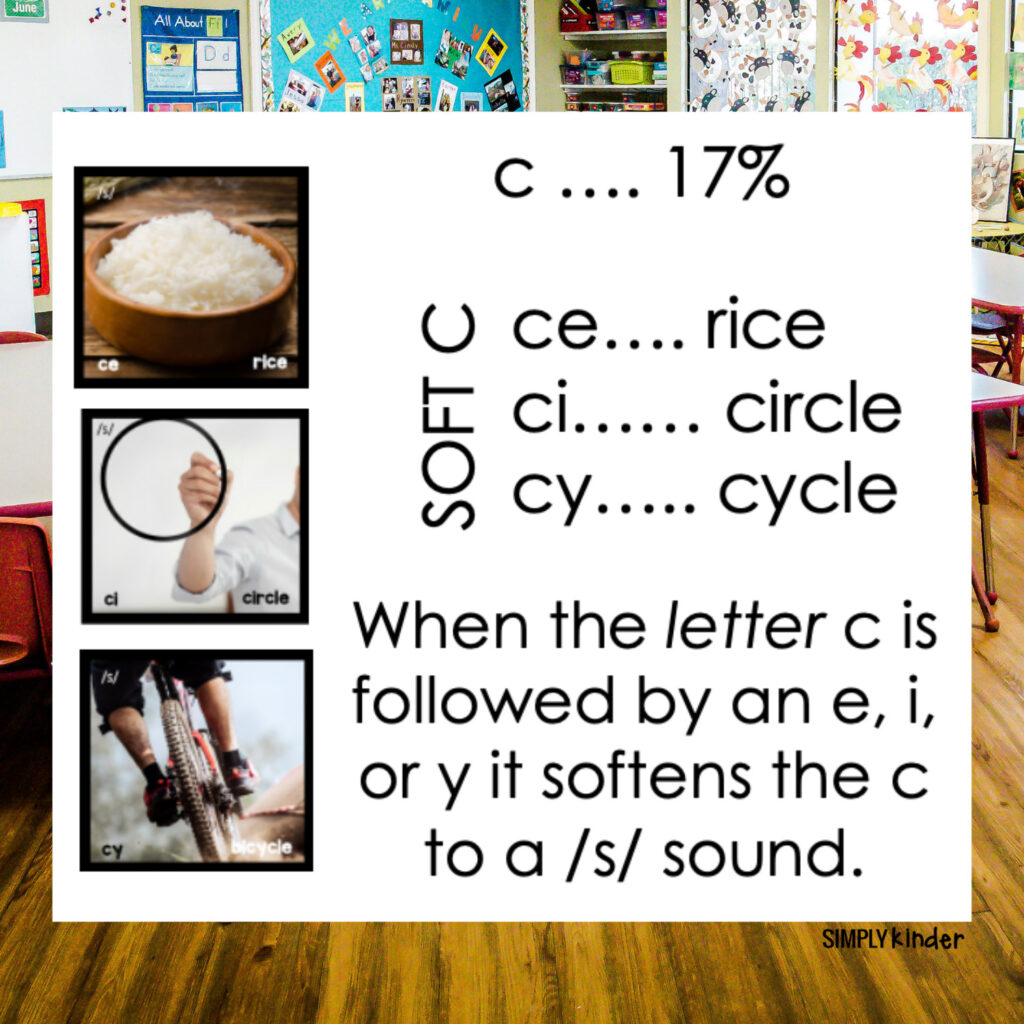
The sound /s/ is made 17% of the time using the letter C including CE, CI, and CY. According to our phonics rule whenever a C is followed by an e, i, or y it makes the S sound.
Examples: choice, force, change, cage, orange
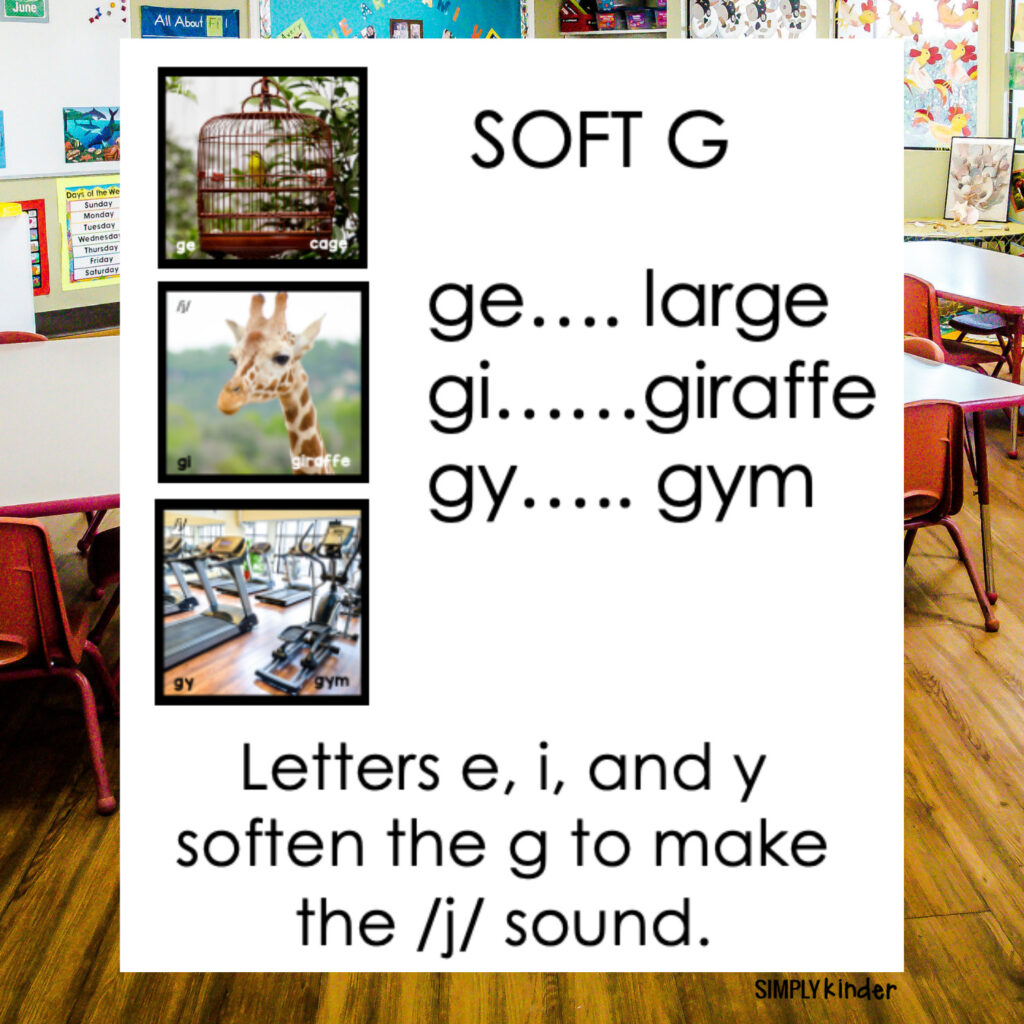
We don’t have a percentage for when the /j/ sound is made with this soft sound rule, but that’s ok because it still makes the soft sound with the letters GE, GI, and GY. We know with this spelling pattern that the GE is the most common spelling for this pattern.
Examples: gym, giraffe, circus, circle
These words are not irregular words or exceptions but this is a phonics pattern that students can know and recognize!
Yes!
But when you explicitly teach it is based on you, the scope and sequence of your curriculum, and your individual student needs. You know your students best!
Students in kindergarten should be taught the hard sounds of /c/ and /g/ using tools like a sound wall and supplemental materials such as those found in the Simply Kinder Sound Wall and Activities bundle here.
⭐️⭐️⭐️⭐️⭐️ “This is way more than just a sound wall. It also includes lessons, student activities, explanations of how to make each sound, keyword words for each sound, etc. The sound wall mouth photos are some of the best that I’ve seen (most accurate mouth placement). I highly recommend!”
The sound brochures (part of the bundle) are perfect for going through the 44 phonemes with students to explicitly support learning at school and home! Check them out here:
Some students may be ready to learn about the soft sounds especially if they’re reading a word such as cage and notice the difference! Take this as an opportunity to teach the phonics rule of hard and soft c and g!
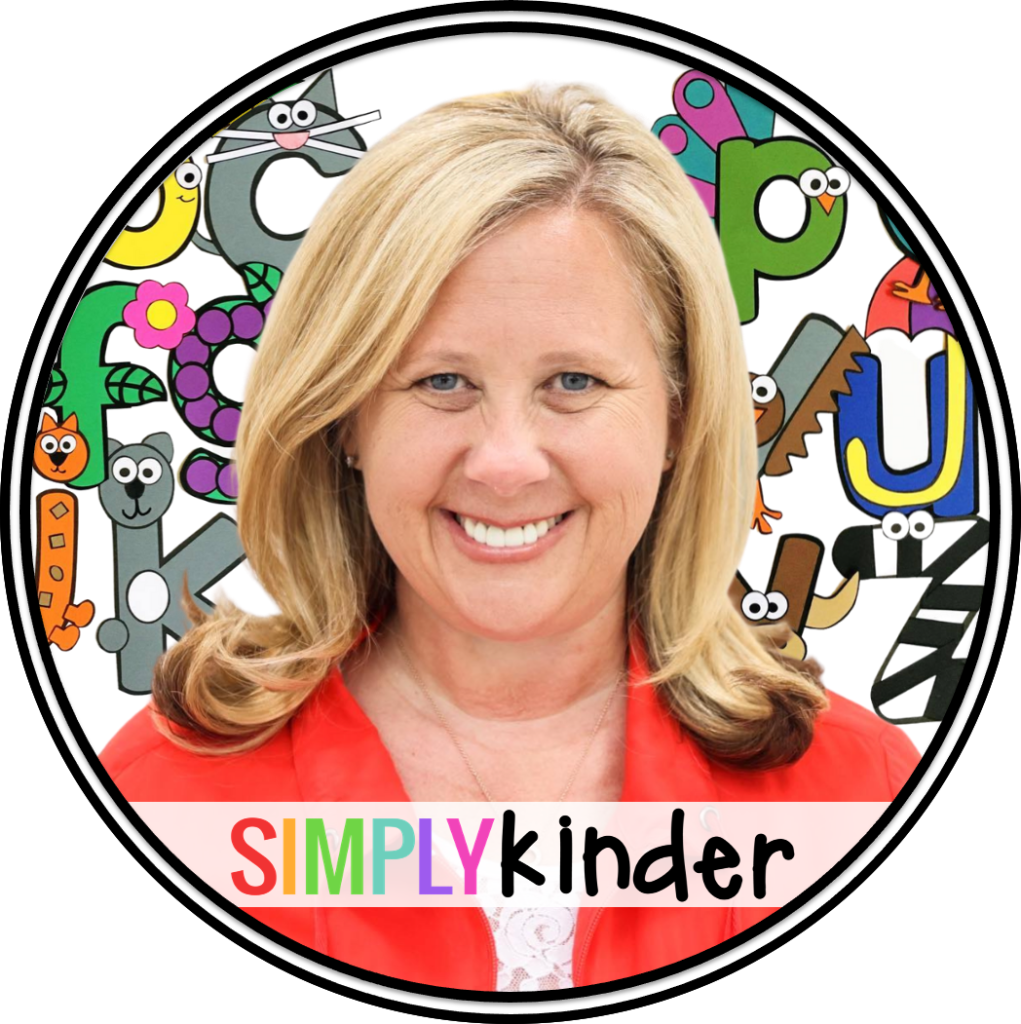
With Unmatched Printables & Engaging Classroom Ideas, Simply Kinder is your TRUSTED TEAMMATE.
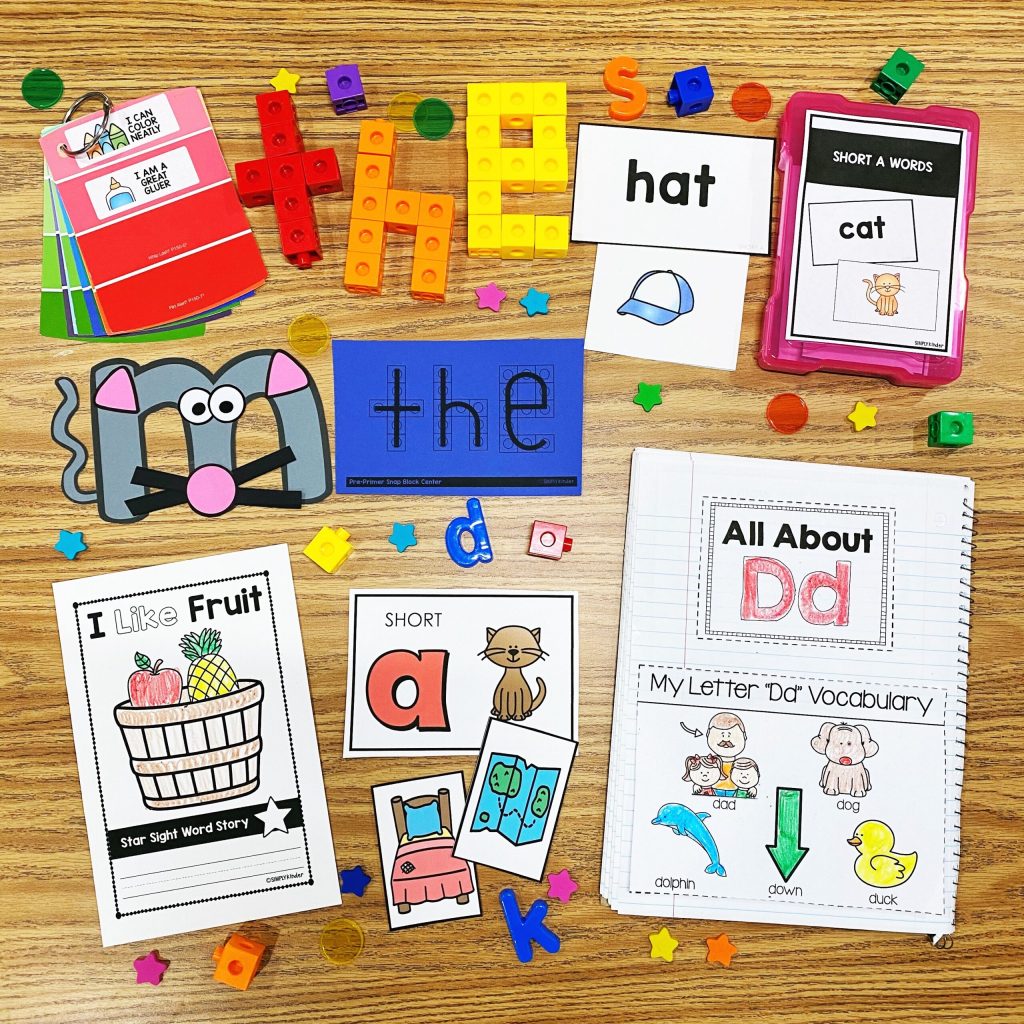
Get our emails loaded with free resources, teaching ideas, and so much more!

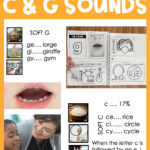
You might also like: